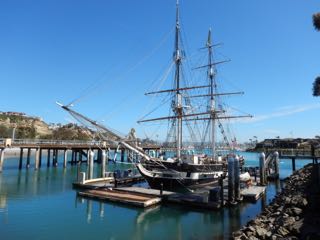
-
| 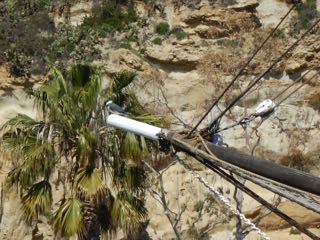
belted kingfisher
| 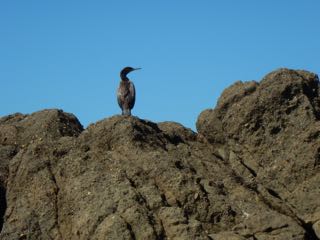
Brandt's cormorant
|
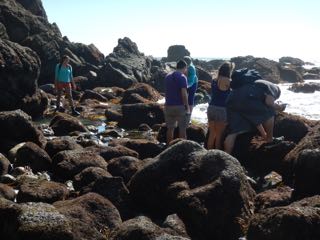
-
| 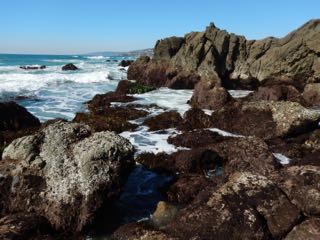
-
| 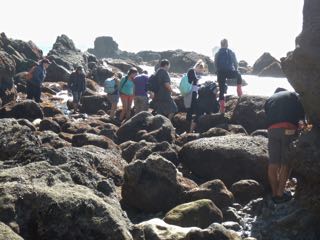
-
|
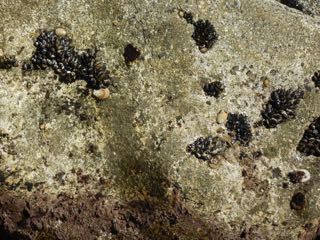
-
| 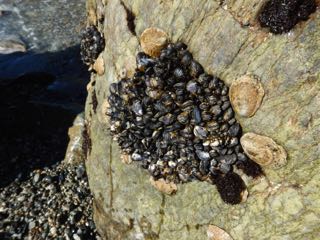
owl limpets and California mussels
| 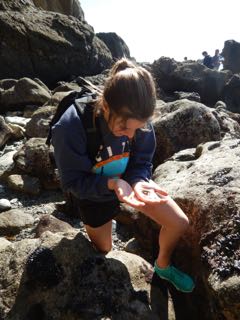
-
|
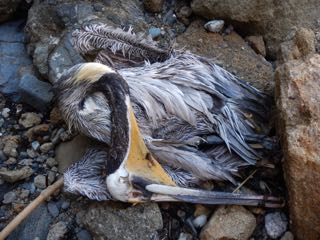
brown pelican carcas
| 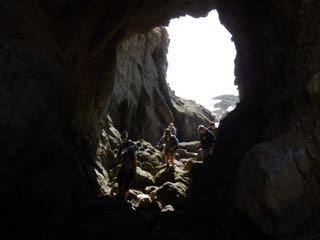
-
| 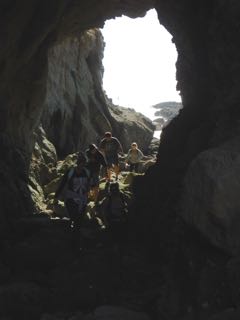
-
|
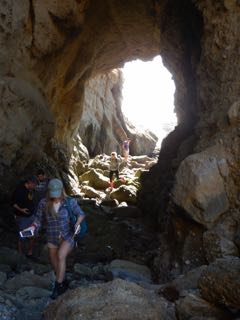
-
| 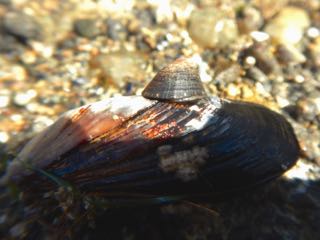
Compare: kelp morph of southern shield limpet that was on a mussel.
| 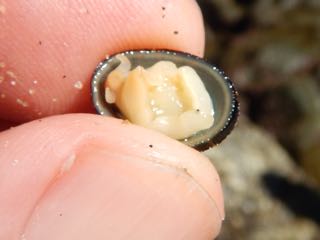
-
|
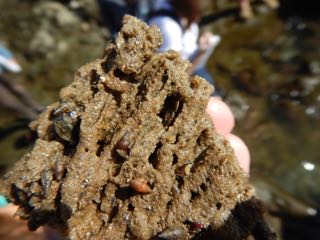
-
| 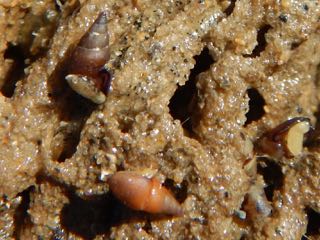
Alia carinata
| 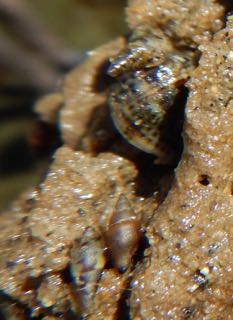
-
|
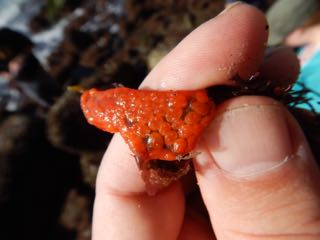
This colonial tunicate, Metandrocarpa taylori, is referred to as a social
tunicate because the individual zooids appear to be approximately discrete but have
connections at their base, either stolons or sheets of cells. See below for an example of a compound
tunicate. The informal social and compound groupings for colonial tunicates are only for convenience.
These do not correspond to phylogenetic groupings.
| 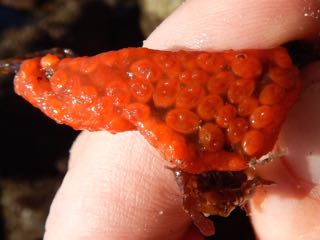
-
| 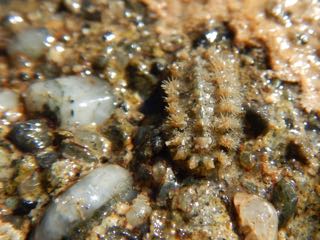
Acanthochitona avicula
|
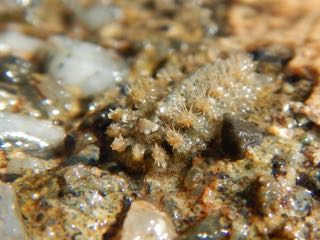
-
| 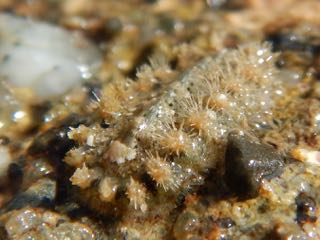
-
| 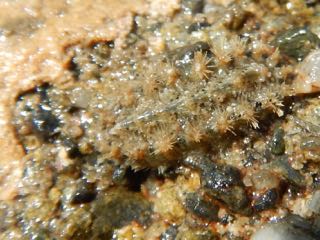
-
|
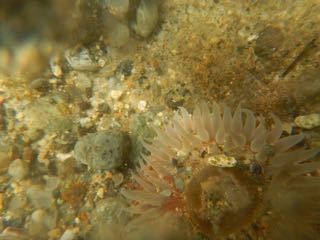
-
| 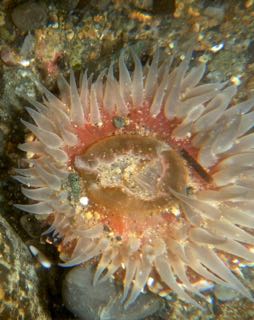
Anthopleura artemesia (moonglow anemone)
| 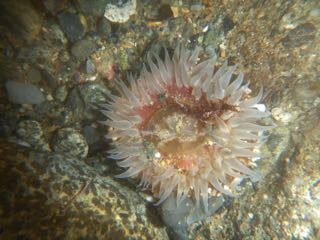
-
|
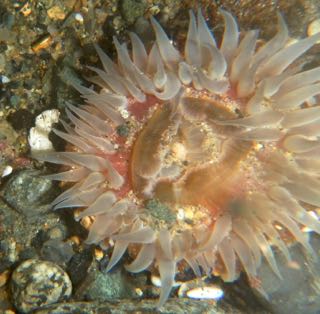
-
| 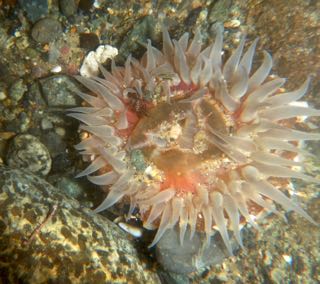
-
| 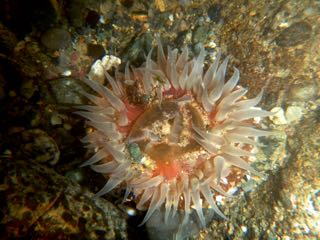
-
|
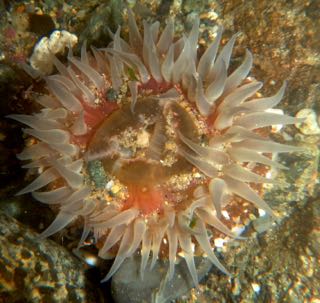
-
| 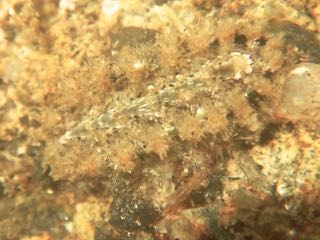
Underwater, Anthochitona avicula is rather cryptic
| 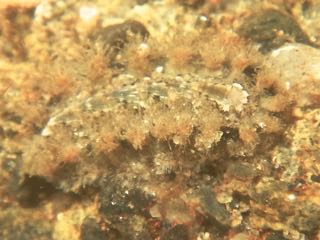
-
|
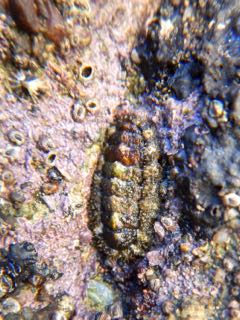
Nuttallina cf. fluxa
| 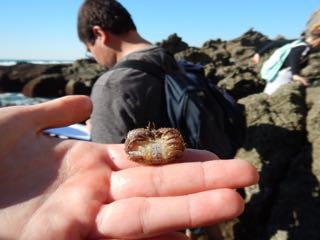
-
| 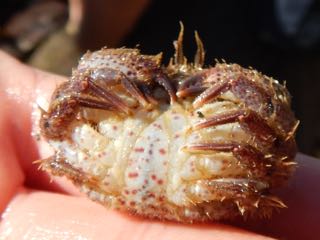
rock crab, Cancer antennarius (male)
|
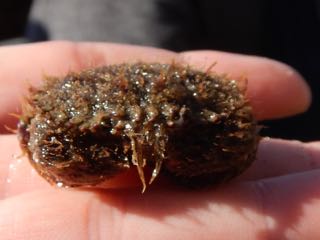
-
| 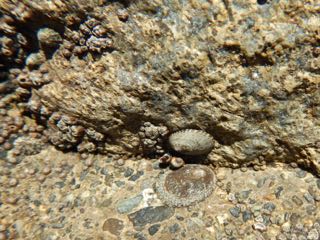
Lottia fenestrata (fenestrate limpet)
| 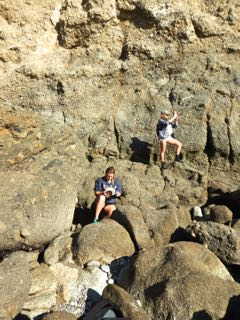
-
|
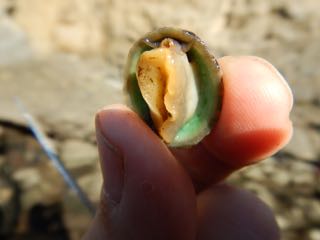
underside of the file limpet, Lottia limatula
| 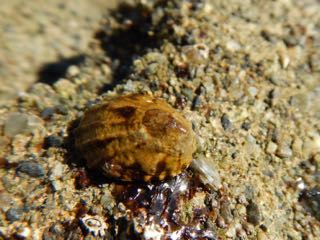
Lottia austrodigitalis (southern finger limpet)
| 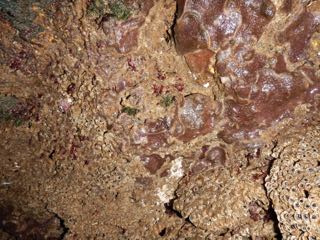
This quite thick tunicate, tentatively Aplidium solidum, covered a large area under a ledge.
It is referred to as a compound colonial tunicate because the budding zooids are completely embedded together in a common tunic.
It is surrounded by sand castle worms (Phragmatopoma californica).
|
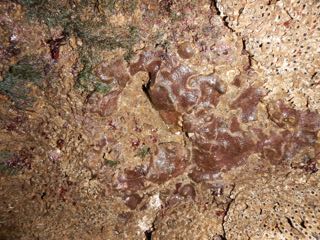
-
| 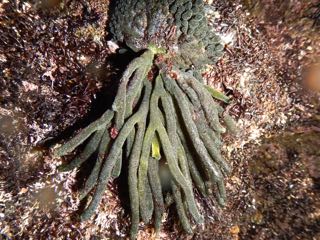
The green alga, dead man's fingers (probably Codium fragile subsp. californicum (J. Agardh) C.A. Maggs & J. Kelly,
produces male or female gametes on separate gametophyte plants that are completely lacking a sporophyte (asexual) stage in its life history.
| 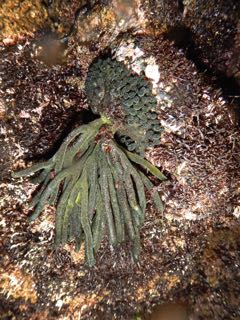
The various subspecies of Codium fragile include the native subspecies, C. f. californicum, and
the introduced but rare in California, C. f. fragile (Suringar) Hariot, but these are extremely difficult to tell apart. According to alga expert,
Dr. Kathy Ann Miller (University of California, Berkeley, University Herbarium), there is only a subtle internal difference in utricle shape, but the widely introduced subspeces is almost exclusively in
harbors, worldwide. Also according to her, for either subspecies, the male and female gametangia look different only under a microscope; female zoospores are large and green, whereas male
zoospores are smaller and colorless.
|
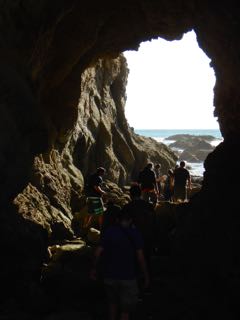
-
| 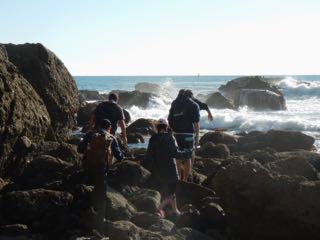
-
| 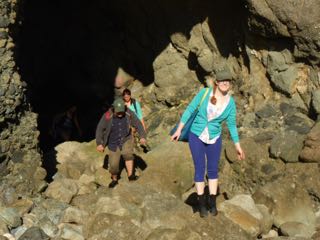
-
|
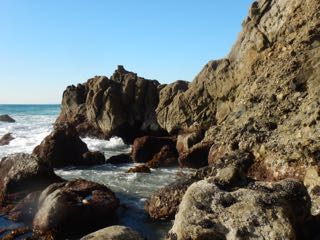
-
| 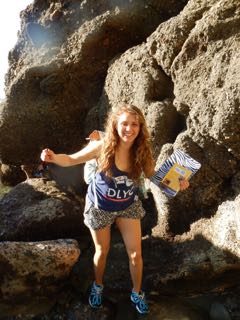
-
| 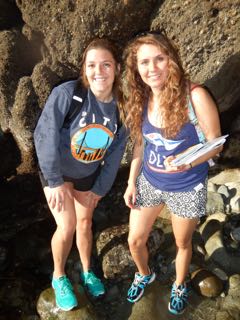
-
|
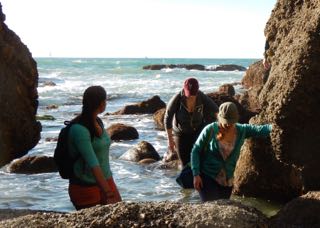
-
| 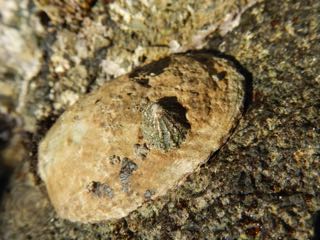
Lottia gigantea (owl limpet) with either L. scabra or L. conus on its shell
| 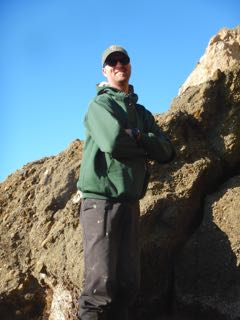
-
|
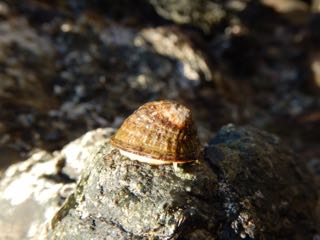
rock morph of Lottia austrodigitalis (southern finger limpet)
| 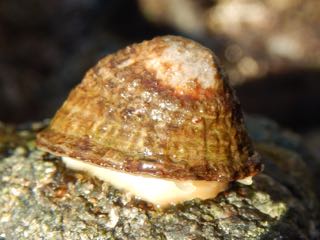
-
| 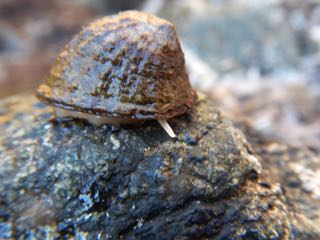
-
|
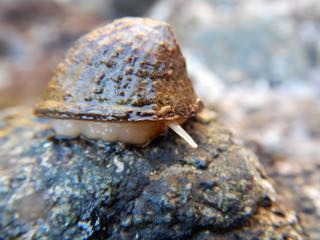
-
| 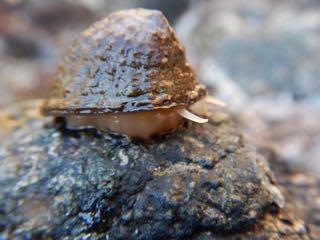
-
| 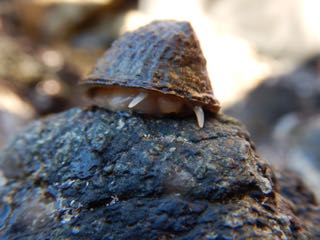
-
|
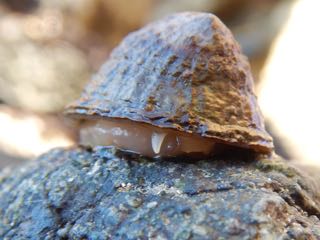
-
| 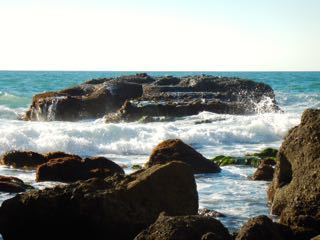
-
| 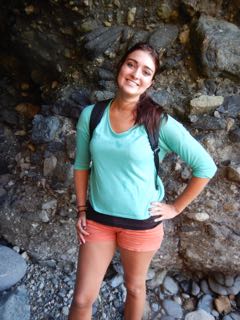
-
|
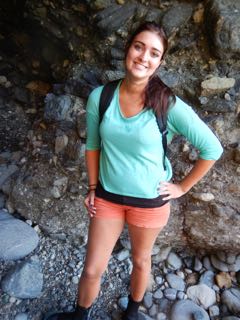
-
| 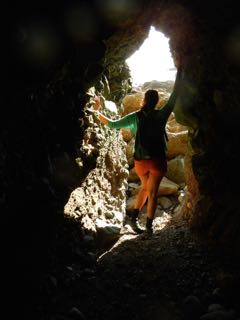
-
| 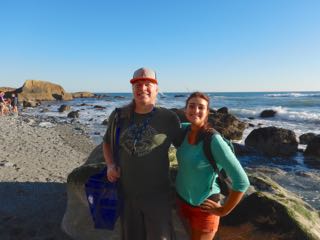
assisted today by Diana, University of Oregon graduate
|
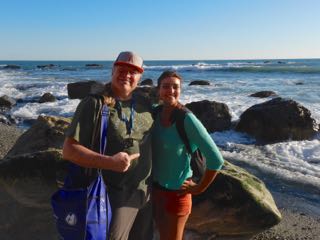
-
| 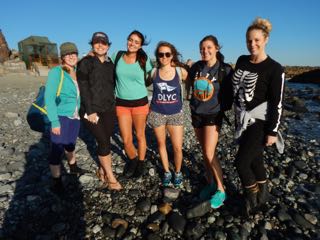
-
| 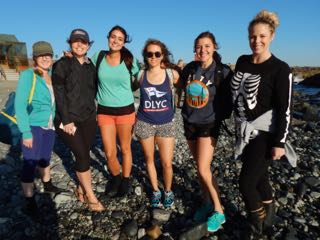
-
|
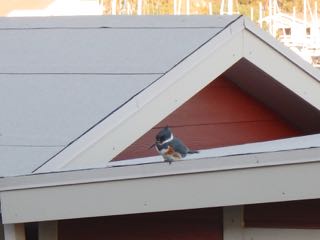
belted kingfisher
| 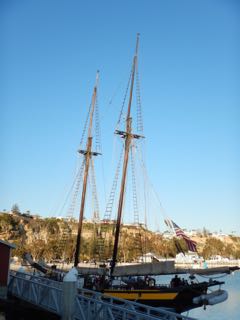
-
| 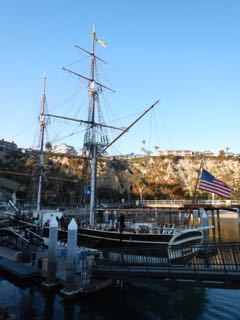
-
|
 Under Construction!
Under Construction! Under Construction!
Under Construction!